Some couples seem to really do well together, whereas others struggle constantly in a negative cycle of interactions. What personality type (attachment style) is most likely to get stuck in a negative cycle with their mate? In Part 1 of this series, I explain how we develop our personal styles of relating to others and give you a free tool to help you understand your own style.
Welcome to the classroom. Our first course of the spring semester is the psychology of relationships. And this is part one we’re recording today, becoming attached. We’re going to talk about what men won’t say. And a therapist can’t tell you and you need to know it. This is important information. If you’re here and you’re interested in, in, in relationships and how we become attached and how we get stuck, how some people get stuck in relationships and other people don’t.
I worked with men, women, and couples for 25 years in my private practice in Southern California. I actually closed that practice in August of 2021 so that I could move on and invest my time in teaching couples how to do better relationships. I actually spent a fair amount of time teaching other counselors, as well as pastors and mentor couples, how to work with couples. It was really a fun time.
But what I really want to do now at this stage is teach you so that you know what you need to know to have a better relationship.
Let me just share with you just a little bit about my academic background. So I did my undergrad at mid American Nazarene University. That’s actually located in a suburb of Kansas City. On the Kansas side of the line, for those of you that wonder which side of the line it’s on. It’s actually an Olathe, Kansas. I did my undergrad there. I was also a teaching assistant and during my pre-doctoral internship, I went back and taught a course on adult development and aging.
I did my graduate work at Rosemead School of Psychology at Biola University. I earned two degrees there: Master of Arts (MA) and Doctor of Psychology (PsyD), and I also taught some courses there. And then my last academic thing I’m going to share with you is about Azusa Pacific University. I actually taught a bunch of courses there, and altogether I taught for eight years at the university level. I loved it.
What therapists can’t tell you
You know, every therapist has a bunch of education behind what they do, and it’s always puzzled me that we never share that with clients in clinical practice. And that’s because we were taught that we can’t do that, that we somehow need to apply everything that we’ve learned, but we would never talk about it explicitly.
And I say never, but there are probably some therapists like me who do want to do some education along the way. However, the vast majority of therapists are carrying around in their minds, a model of development, a model of health, and they are using a variety of techniques or interventions to get the client to recognize this kind of hidden secret that they’re not talking about explicitly.
And that always bugged me.
But it is interesting. I did my pre-doctoral internship at the University of Kansas Counseling and Psychological Services (CAPS). And while I was there, they did something that was totally unthinkable in my graduate program.
- We actually shared test results with our clients.
- We’d show them the printout.
- We’d talk about what it meant.
- And we’d use the assessment as a therapeutic tool.
Whereas in. In my graduate work, what we were taught is that that is for the therapist. That you don’t want to show that to the client because they wouldn’t understand it. So it was kind of an interesting switch for me to go from being in classes and doing practicum placements and then being in an internship where we were encouraged to be more open with our clients.
So really I like that model. It fits well with what I like to do. It really fits well with my personality. I love to teach.
Psycho-sexual stages of development
So one of the things that every therapist learns in school is about personality development. Every class starts with Sigmund Freud, and his idea personality development was based on psycho-sexual stages. And if you want to look that up, you can. I’m not going to teach you about that today. But that’s one way of looking at how personalities develop.
Psycho-social stages of development
Psycho-social stages was another model, proposed by Eric Erikson. And it’s interesting because there are actually eight different stages of psycho-social development. And in those eight stages, the first four really are stages where someone else has more control, and the last four stages are more, the person is now becoming themselves. It’s interesting. Erickson was big on identity. Very fascinating stuffing. So you can also research psycho-social stages with Erik Erikson.
Trait theories of personality
There also trait theories. One of the most popular trait theories is the Big Five personality traits. The Big Five personality traits are extroversion, agreeableness, openness, conscientiousness, and neuroticism. Really fascinating stuff.
If you are looking at that, trait theory basically says that you’re born with certain personality traits, and they don’t really change much over time. They’re pretty much fixed. They are yours at birth.
Another way of looking at trait theories is the Myers-Briggs Type Indicator. And this has been really popular. I used it when I was at the University of Kansas as an intern. We used it a lot in career development, career counseling, helping a freshmen figure out where they wanted to be. A fascinating instrument to use and really very readily available to people. So if you look at Myers-Briggs online, you can find something like this.
This is one of the most useful free instruments that I have found, and you can access it too at 16 personalities.com. It will give you a complete printout that tells you a lot about yourself. It’s really kind of interesting how accurate this can be.
I have taken and given lots and lots of personality tests in my lifetime, and this one really nailed it for me. I was quite surprised. If you’ve been following me for a while, and you start studying the 16 personalities, maybe you can figure out what personality type you think that I am. That would be an interesting, fun thing to do. Maybe I should have a contest. LOL!
Anyway, 16 personalities.com. It’s really cool too, especially with couples for you each to take it because then you can compare, and it can explain a lot of reasons why you look at life in a very different way.
Attachment theory
However, what’s most relevant to our discussion today is attachment theory. It’s more than just making sure our physical needs are taken care of. The emphasis here is on emotional connection. Every human being without exception, that means men and women alike. Every human being needs someone who is available and responsive to their needs.
We’re born with an attachment system already in place.
Now this is not something that you can find in any kind of anatomy and physiology graph or chart or book or anything like that, because it’s an emotional system. It’s a survival system. It’s not an actual physical body system, although it does certainly activate many of our bodily systems when we’re in distress.
So what we need as infants is not really a lot different than what we need as adults. But we need to have had a really good experience with a parent or a caregiver as children in order for us to be able to grow into a healthy adult. Now, that kind of goes without saying. I’m sure that you understand what I mean by that.
However, what I don’t want you to think is that someone has to be always and forever available and responsive to you. In fact, you want to have someone who’s just “good enough.” However, there are a lot of people whose families have gone through some sort of a trauma or a personal crisis, a family crisis, or maybe a parent who was alcoholic or a parent who worked too much. Consequently there wasn’t sufficient availability and responsiveness to the child.
Attachment security
So you can see that this security of attachment is actually going to be on a continuum from healthy attachment to insecure attachment. And that’s what we’re going to talk about.
So when we say someone has been consistently available and responsive to your emotional needs, that means that your anger and your fear and your sadness and your hurt will naturally begin to dissipate. when you make contact with someone who cares about you.
Now again, they don’t have to do it 100% of the time. Nobody can pull that off, right? But we have to have been soothed by somebody else enough times that we can actually draw on those memories and the feelings associated with them in order to be able to develop what psychologists call a secure emotional attachment.
Emotional memories
Based on these emotional memories that you have from childhood, you have developed a template for your relationships, including romantic relationships. That includes basic beliefs that are essential for secure, emotional attachment. Now, hopefully those basic beliefs are positive ones. They are,
- I am lovable and
- I can depend on others to be loving towards me and help meet my needs.
“There’s no fear in love, but perfect love drives out fear because fear has to do with punishment. The one who fears has not been made perfect in love. We love because he first loved us.” 1 John 4:18-19
And here you can see that idea of attachment. We can only love other people because God loves us first.
That’s the pattern that we also see in our human relationships.
When we don’t have adequate emotional connection, our attachment system will instantly begin to malfunction. That’s where we get into defensiveness. Denial of there even being a problem is very self-protective. “I don’t need to be afraid because nothing’s happening.”
Through denial, anger, anxiety, and avoidance, we try to gain a sense of control over ourselves and over other people.
Assessing your personal attachment style
Attachment is about your emotional connection. You need (a) someone who’s available and (b) responsive to your needs.
Your current attachment system can be identified by evaluating the opposite characteristics of available and responsive.
- Avoidance is the tendency to not be available.
- Anxiety is the tendency to react rather than respond.
Okay. So let’s look at a chart here. So we’ve got avoidance and the bottom means they’re unavailable, and we’ve got low range to high range. Then we’ve got anxiety, which is non-responsive. I’m talking about being unresponsive versus reactive. And again, we have low to high.
Secure style
So someone who is low on avoidance and low on anxiety is going to develop a secure attachment. That is that person will still experience some anxiety because that’s part of life, but it’s going to be at much lower levels than someone who is insecurely attached.
When a securely attached person is worried or concerned about something, either inside or outside of the relationship, they seek out their partners to help them talk things through.
After their talk, they feel less worried. If that sounds like you, you’re emotionally secure.
Detached style
If you are low on anxiety and high on avoidance, you would develop a detached style. Now detached is also known as dismissing. Um, that’s how I refer to it in my first book was as the dismissing style, a detached person sees little if any value in emotional intimacy.
And so they become counterdependent in relationships. They will often choose independence and autonomy. Over relational interdependence. In other words, the damage has been done and they simply aren’t interested in close relationships. They have been able to disconnect themselves sufficiently from their emotions and they won’t even bother with it.
In fact, Uh, detached person is not going to seek out. Counseling is not going to be looking up stuff about relationships on the internet is not going to be willing to talk to a partner. Not because they’re afraid, but just because they’re so incredibly detached from everything very, very emotionally disconnected and is fine with that.
Focused style
The next type that we’re going to talk about as someone who is high in anxiety and, um, low and avoidance. So they’re going to feel anxious, but they’re going to tend to seek out someone to help them with that anxiety. Now, when they’re overly focused, I, in the book again, I refer to this as the preoccupied style one who is focused worries about relations.
Almost constantly, actually they have difficulty loving, trusting, and respecting a mate, their anxiety when they’re in that, uh, mode of seeking someone, remember they’re low on avoidance, they’re high on anxiety. And so what they’re doing is they’re coming across to their mate as angry, critical, demanding, and controlling, even Dominic.
Not the best method for developing a relationship. Okay.
Fearful style
Now our next style and last style is number four as the fearful person. And what I refer to in the book is the fearful avoidant. This person is high on anxiety, but they’re also high in avoidance. So that means they’re going to be kind of freaking out about.
But they don’t want anybody to know. And they don’t want anybody to know for a couple of different reasons, but mainly because they’re afraid of their own vulnerability, they expect that they will be hurt. They believe they don’t deserve to be treated well. And although they deeply desire a relationship with someone, they’re not likely to take the risk because they’re so terrified of looking bad, feeling rejected.
We’re being criticized.
Who do you think will be most likely to get stuck in a negative cycle in a relationship?
So negative cycle is one that spirals and in terms of intensity of disagreements that spirals upward in terms of connectedness, it spirals downward. So negative cycle is just a spiral that just continues to build things.
Don’t get resolved, just go round and round and round like America. So, who do you think would be well, let’s see, it’s probably not going to be the secure person because the secure person doesn’t have an overwhelming amount of anxiety. And when they do feel a little anxious, they’re going to tend to move towards someone to try to talk things through.
So it’s not going to be the secure person. So let’s see the detached person. Well, they are low in anxiety and anxiety is a very motivating factor to get us to move, but they’re so high in avoidance that they’re not going to get engaged in, in seeking out someone to help them. And this person partnered with one of the other styles may show up in counseling, um, because the partner wants it, but they don’t really care about it.
So probably we’re going to say no for the detached. It really depends on who their partner is. So that leaves us with a focused and the fearful. Does that seem like that could be part of a negative cycle? Well, let’s take a look at that. The focused person feels anxiety, their partners, fear. The focus person reaches out to the fearful person.
The fearful person wants to avoid because they’re very high on avoidance. And so they avoid their partner, which goes back and makes the other partner even more anxious. They perceive they’re alone in the situation. This is a very common negative cycle. Now I kind of portrayed this as beginning with the focused person being anxious, but it actually could begin with a fearful person being anxious and avoiding, and their avoidance now hurts the person who.
Is there partner because they need somebody to be there for them. So they trigger each other and it goes round and round in circles.
And this is just one of the negative cycle patterns. It can switch, it can be much more complex than this, but this helps you understand how those. Uh, personalities, those attachment styles begin to affect one another.
You can assess your own personal romantic attachment style with a simple assessment that you can download from my website at DrDebismith.com/attachment.
… or click the image to open the download window.
Thanks for hanging out with me. Thanks for listening to this part of the series. You’re welcome to watch the video as many times as you want.
And if you have any questions, be sure and reach out and ask. I’m here to help.
Next time …
We’re going to cover part two, which is Gender Differences in Social and Emotional Development. That’ll be fun. I’ll see you then. Take care.
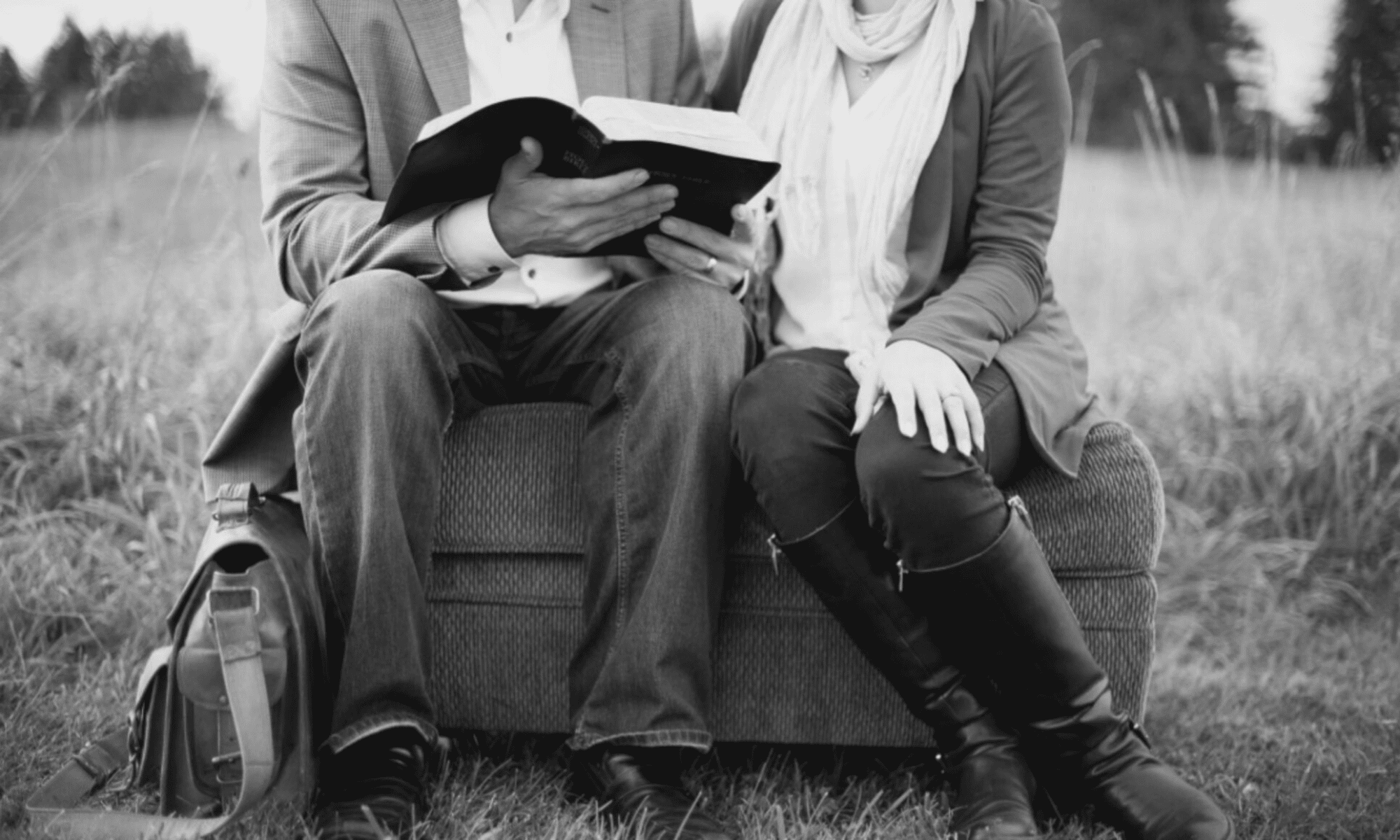


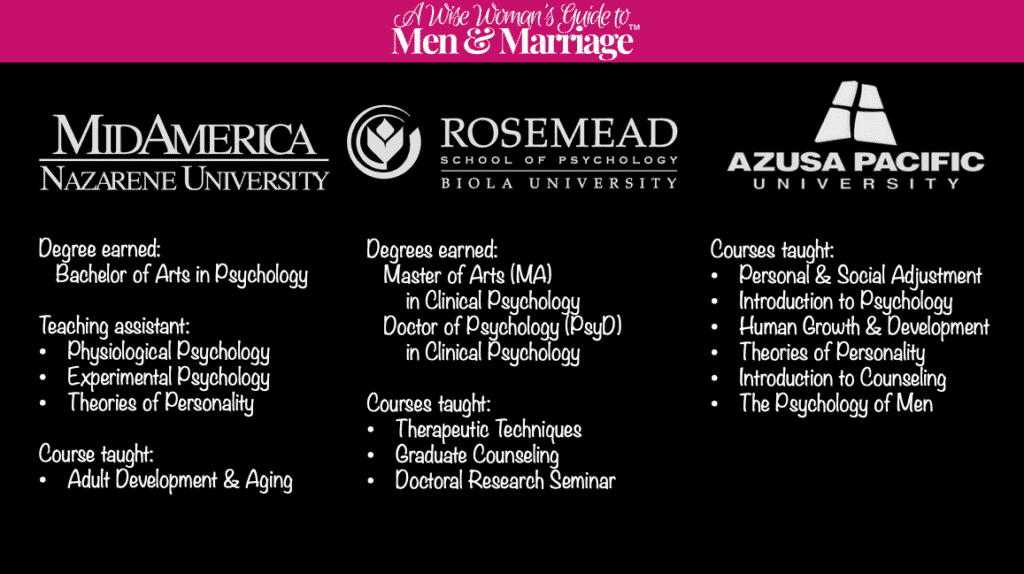


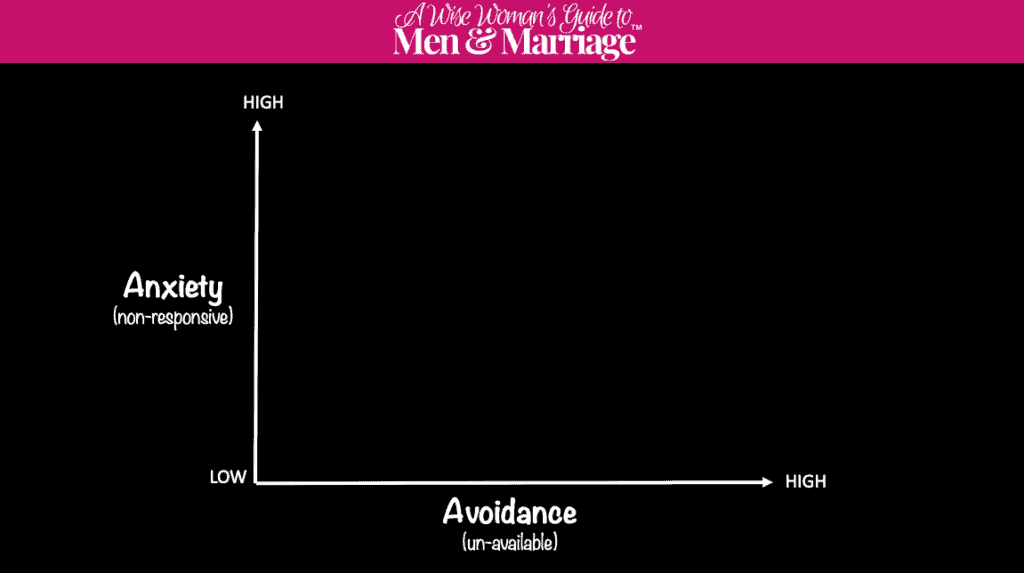
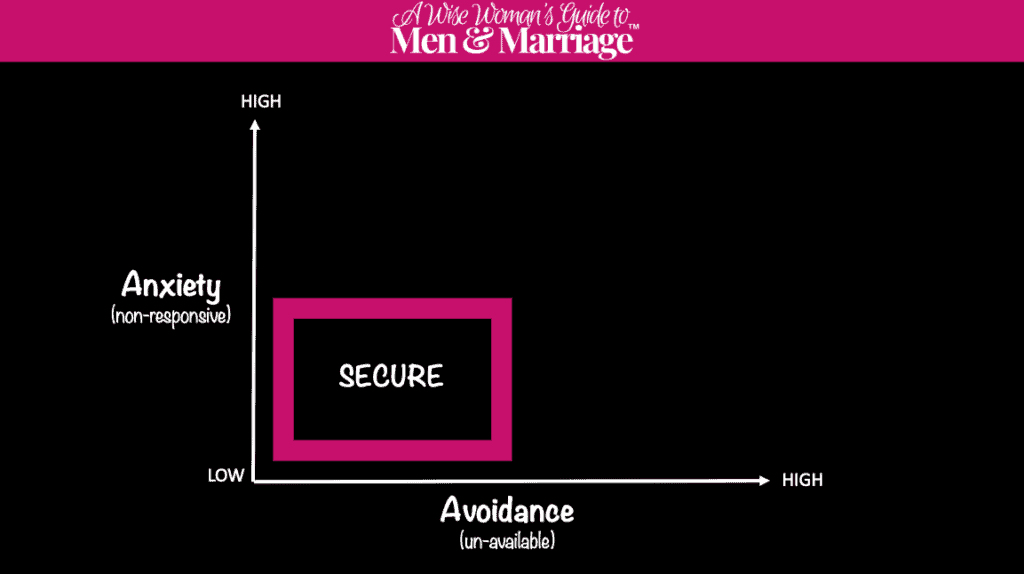
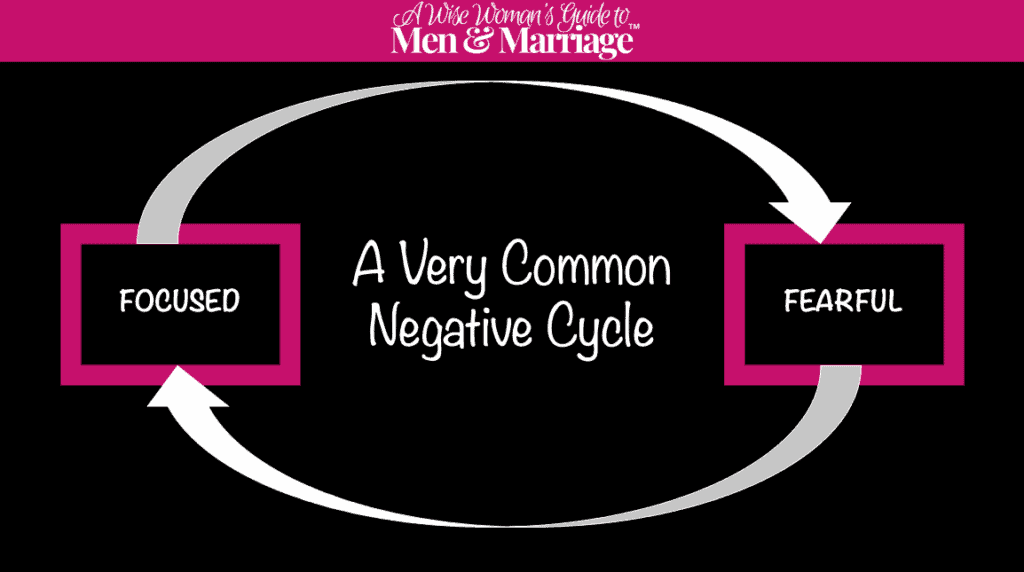

One Reply to “Becoming Attached”
Comments are closed.